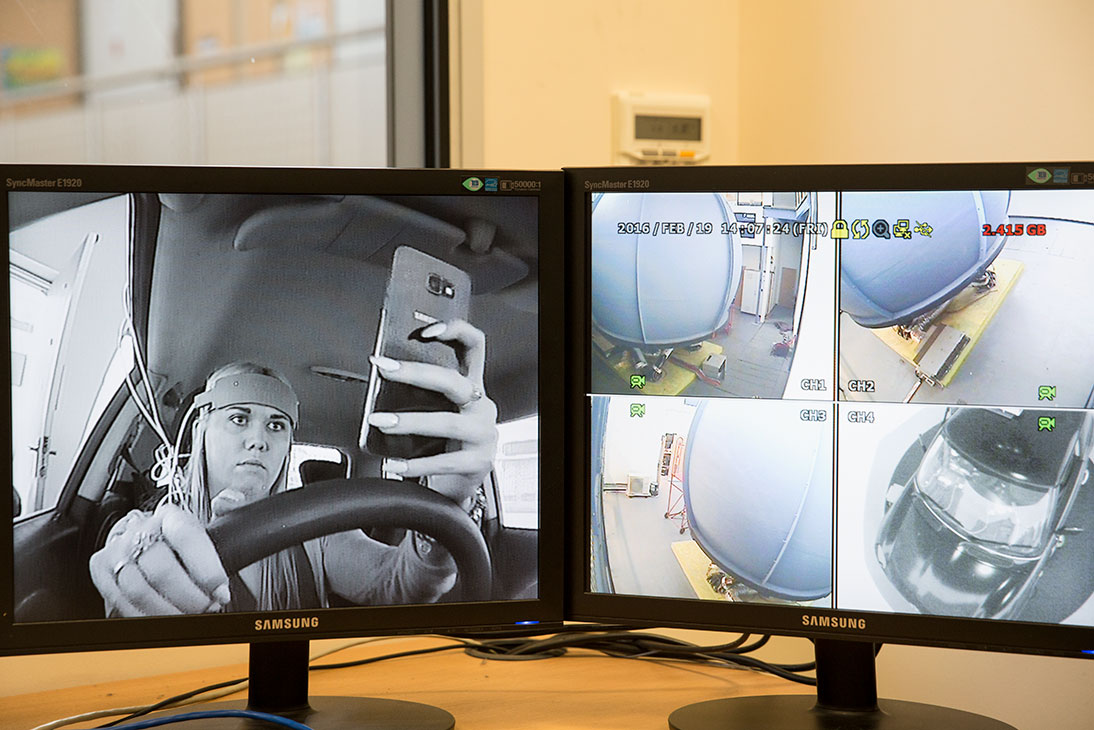
March 7, 2017, by Lindsay Brooke
BBC Crimewatch tackles crime on the roads with help from the University’s driving simulator facility
This is powerful stuff and should make all of us think twice about breaking the law and using our mobile phone while driving.
Last week the fine for using your mobile phone while driving doubled to £200. This week Crime Watch, with the help of experts here at the University of Nottingham, looked at the devastation that dangerous driving can cause and that includes taking your eyes off the road to change your music.
The programme is on BBC iPlayer and is worth watching.
Part of the programme’s shocking report was filmed in the School of Psychology’s Accident Research Unit. They spoke at length to Dr Peter Chapman, an expert in the psychology of driving, about the dangers of road rage and using your phone while driving. They used the University’s high-tech driving simulator facility to highlight just how dangerous distractions at the wheel can be.
- NITES demonstration for Crimewatch
- NITES demonstration for Crimewatch
- NITES demonstration for Crimewatch
- NITES demonstration for Crimewatch
- NITES demonstration for Crimewatch
- NITES demonstration for Crimewatch
- Dr Peter Chapman
Drivers have to want to change their behaviour
The programme heard from victims and families whose lives have been changed for ever by distracted drivers and road rage. Dr Chapman says: “One of the remarkable things about the psychology of driving is that law abiding people who would never consider breaking the law in any other area will break the law regularly when driving. People have to understand why the penalties have been increased, they have to want to change their behaviour. The problem is that if they look away and look back just two second later the whole road situation could have changed.”
The simulator can monitor where a drivers attention really is while they are at the wheel. They can monitor their eye movement, their brain activity and see just how long they are distracted by doing something else and how hard their brain is working on that other task.
Nottingham Integrated Transport and Environmental Simulation (NITES) facility
The Accident Research Unit has been conducting research into the psychology of road user behaviour for over 30 years. Recently they have built an advanced simulation facility. NITES (the Nottingham Integrated Transport and Environment Simulation facility) includes NITES 1: a high fidelity full motion driving simulator. NITES 2: a flexible multiple environment simulator which can be used as a car or cycle simulator. And NITES 3: a fully instrumented car for on-road testing.
Creating real driving situations to test our reactions
Dr Chapman says: “One of the unique advantages of the NITES facility is that NITES 1 and NITES 2 can be linked so that drivers/cyclists in one system can meet drivers in the other simulator and interact in a virtual world. Another key aspect of the facility is that we have a highly detailed LiDAR scanned model of a selection of roads around Nottingham so that participants can drive real Nottingham road in NITES 3, and then experience the exact same roads within either of the simulators. Within the simulators we have the advantage of controlling the behaviour of all the other traffic in the environment, so we can create situations reliably that would only happen occasionally on real Nottingham roads.
All three facilities are fitted with a collection of eye-trackers to record where participants are looking – whether in real or simulated environments. And there’s a suite of psychophysiological and neuropsychological monitoring equipment to monitor record things like heart rate, skin conductance, respiration rate, blood pressure and frontal lobe activation while people are taking part in experiments in each environment.
Current research
Dr Chapman and his team have experience of research in all areas of the psychology of road user behaviour. Current studies using NITES are focusing on the following questions:
1. How does drivers’ visual search differ across different environments?
2. Using Near Infra-Red Spectroscopy (NIRS) to measure frontal lobe activity as an indicator of workload and inhibitory control in driving.
3. Understanding the situations that make drivers anxious and the effects that anxiety has on driving.
4. Drivers’ behaviour in and memory for dangerous situations.
5. Hazard perception training and testing.
6. Understanding ‘look but fail to see’ crashes – where a driver pulls out into a junction in front of another road user (often a motorcyclist).
7. Multiple in-car distractions – their influence on drivers’ visual search and safety.
They also have capacity to conduct research in a wide range of other areas, including behaviour in generic virtual environments and applications to aviation. They also have experience of working with a variety of government departments and agencies, charities, and commercial organisations including major car manufacturers. For queries about their past research, or their availability for future research, please contact Dr. Peter Chapman (Facility Director) – peter.chapman@nottingham.ac.uk.
No comments yet, fill out a comment to be the first

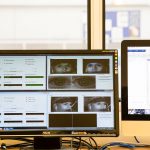
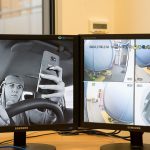
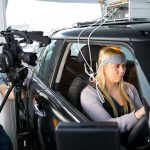
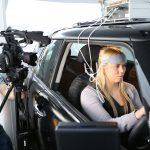
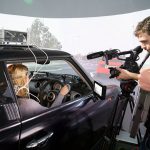
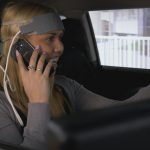

Leave a Reply